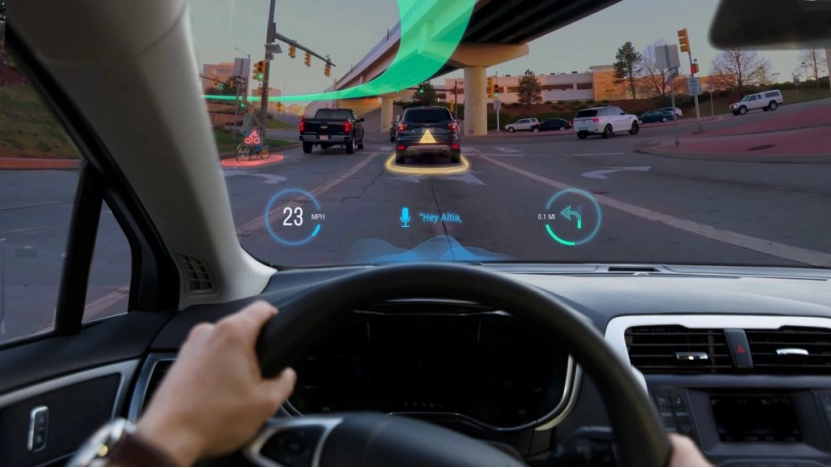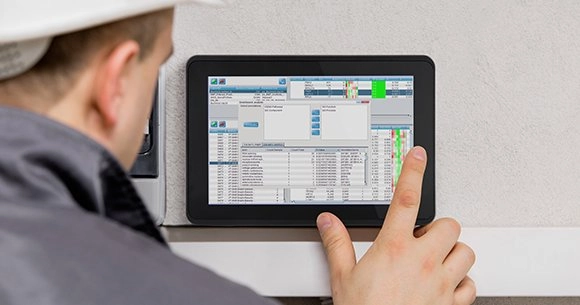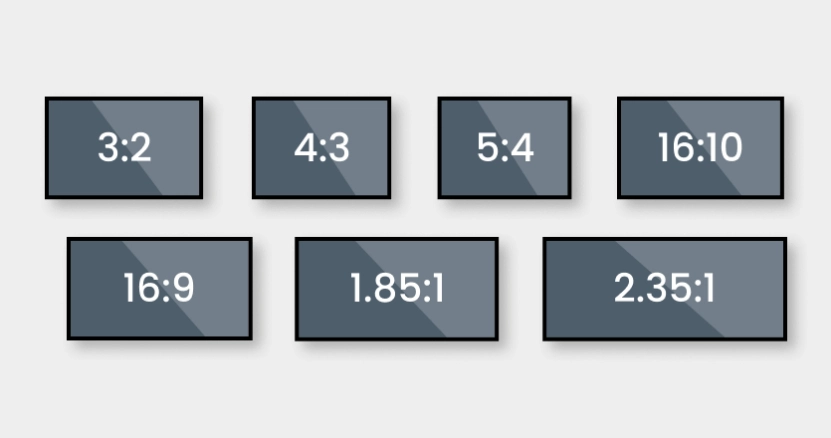Common display products can be categorized based on different application fields into consumer displays, industrial displays, automotive displays, military displays, and aerospace displays. If ranked by overall performance requirements, the order would be roughly as follows: aerospace displays > military displays > automotive displays > industrial displays > consumer displays. Apart from aerospace and military displays, automotive displays have relatively high overall requirements.
Developing high-quality automotive displays is not a simple task. This article focuses on the classification and key requirements of automotive displays. In subsequent articles, we will delve into the basic requirements of automotive displays, key structural design indicators, and material selection.
Types of Automotive Displays
Cars use several display screens. Each serves a unique role. Common automotive displays split into digital instrument cluster displays, automotive center console displays, electronic side mirrors, streaming rearview mirrors, back-seat fun screens, and automotive head-up displays (HUD). Every screen has its own task needs and design focus. This article highlights instrument cluster displays, center console displays, electronic side mirrors, streaming rearview mirrors, and HUDs. It details their main demands too.
Digital Instrument Cluster Display
As the prime link between driver and vehicle, the digital instrument cluster display shares vital details. These shape how drivers see the car’s state. Its value is clear.
Key Requirements for Digital Instrument Cluster Displays
- Strong Brightness: The screen must show key car data clearly. Think speed, RPM, fuel levels, and engine heat. It needs to shine in all light settings.
- Swift Response Time: At high speeds, the screen must refresh data fast. It should mirror the car’s live state accurately.
- Solid Reliability: Cars last long and face tough settings. So, the screen must work flawlessly in extreme conditions.
- Low Glare Surface: The screen’s face needs low shine and glare resistance. This stops sunlight from blocking the driver’s sight.
Automotive Center Console Display
The automotive center console display is the most blended screen in a car. It ties in navigation, music and video fun, Bluetooth links, and car tweaks to boost the ride. Many new cars merge the digital instrument cluster display with the center console display. This forms “dual-screen” or “triple-screen” layouts.
Key Requirements for Automotive Center Console Displays
- Great Interactivity: The screen must back automotive touch screen display features. It needs a simple, clear user setup to lift the rider’s joy.
- Smart Light Control: It uses 3M’s ALCF multi-layer film to steer light angles. This cuts reflections on the windshield and rearview mirrors. That keeps driving safe.
- Bright Clarity: It must show navigation, fun, and car stats vividly. This holds in all light conditions.
- Steady Reliability: The screen must run well in rough settings over the car’s life.
- Quick Response Time: It should update navigation data live. This avoids lags that might throw off driving.
Best Rear View Mirror Monitor & Electronic Side Mirrors
Electronic side mirrors, or electronic external rearview mirrors, and streaming rearview mirrors, also dubbed electronic internal rearview mirrors, have been in the works for a while. Fancy cars often offer electronic external rearview mirrors as extras. Yet, high costs have slowed wide use. Per trade stats, their use rate sits below 1%.
Advantages Over Traditional Mirrors
- Broader View: Unlike old mirrors, bound by size and curve, tft lcd monitor rear view mirror setups use cameras. These allow tweakable sight ranges.
- Boosted Driving Safety: Images show inside the car. So, raindrops or fog don’t blur views like with old mirrors.
- Glare Cut: Old mirrors bounce back high beams or flashing lights from cars behind. This distracts drivers. The best rear view mirror monitor options dim strong light from rear rides.
Automotive Head-Up Display (HUD)
What is an instrument cluster display, and how does an HUD lift driving safety? Head-Up Displays (HUD) sprang from reflector sight tech used in weapon aiming before World War II. Post-war, HUD tech moved to fighter jets. It beamed speed, height, radar info, and aim data onto the cockpit shield. This let pilots stay aware without glancing down at gauges.
Benefits of Advanced Automotive Displays in HUDs
- Raised Driving Safety: Old-school driving means shifting eyes between road and dash often. This tires vision and distracts. The best automotive heads up display lets drivers grab key info while eyeing the road.
- Better Human-Machine Link: HUD sharpens car state and smart driving data display. It also upgrades navigation from flat 2D to real-world boosted views.
Key Requirements for HUD Displays
- Vivid Brightness: HUD casts images on the windshield. Its glow must stay clear in varied light and weather.
- Wide FOV (Field of View): A narrow FOV shrinks the view area in the driver’s sight. For good info spread, the HUD’s side FOV should hit at least 10°. This ensures multi-lane views with right image distance and size.
- Strong Heat Shedding: HUD needs bright light, sparking lots of heat. Good heat control is key to shield light parts from harm.
Future Trends in Automotive Displays
As car electronics and smart vehicle systems grow, advanced automotive displays will spread more. Future shifts will aim to boost screen quality, trim costs, and lift user joy.
Best Center Console Display Cars & Customization Services
At Kadi Display, a top name with 20 years of skill, the Kadi Display Automotive Display Customization Service crafts custom TFT-LCD, AMOLED, and automotive touch screen display fixes. With a 5,000+ square-meter space in Shenzhen and a sharp R&D crew, Kadi Display speeds up builds. It ensures quality and trust for best center console display cars.
FAQs About Automotive Displays
What is an instrument cluster display?
It’s a digital panel showing core car info like speed, RPM, and fuel levels.
Why is high brightness important in automotive displays?
It keeps vital data visible in all light settings, like bright sun.
How do electronic mirrors improve safety?
They give wider sights, dodge weather blur, and cut glare from rear cars.
What is the role of HUD in modern cars?
HUD beams data onto the windshield. This cuts distraction and boosts navigation.
What future trends should we expect?
Better screen quality, lower costs, and ties with smart systems.
Get in Touch for Tailored Solutions
With automotive displays evolving, teaming with pros is vital. Contact us at Kadi Display to check out the Kadi Display Automotive Display Customization Service. Learn how we can lift your car’s display fixes. Reach out at Sales@sz-kadi.com or call 0086-13662585086 today!












